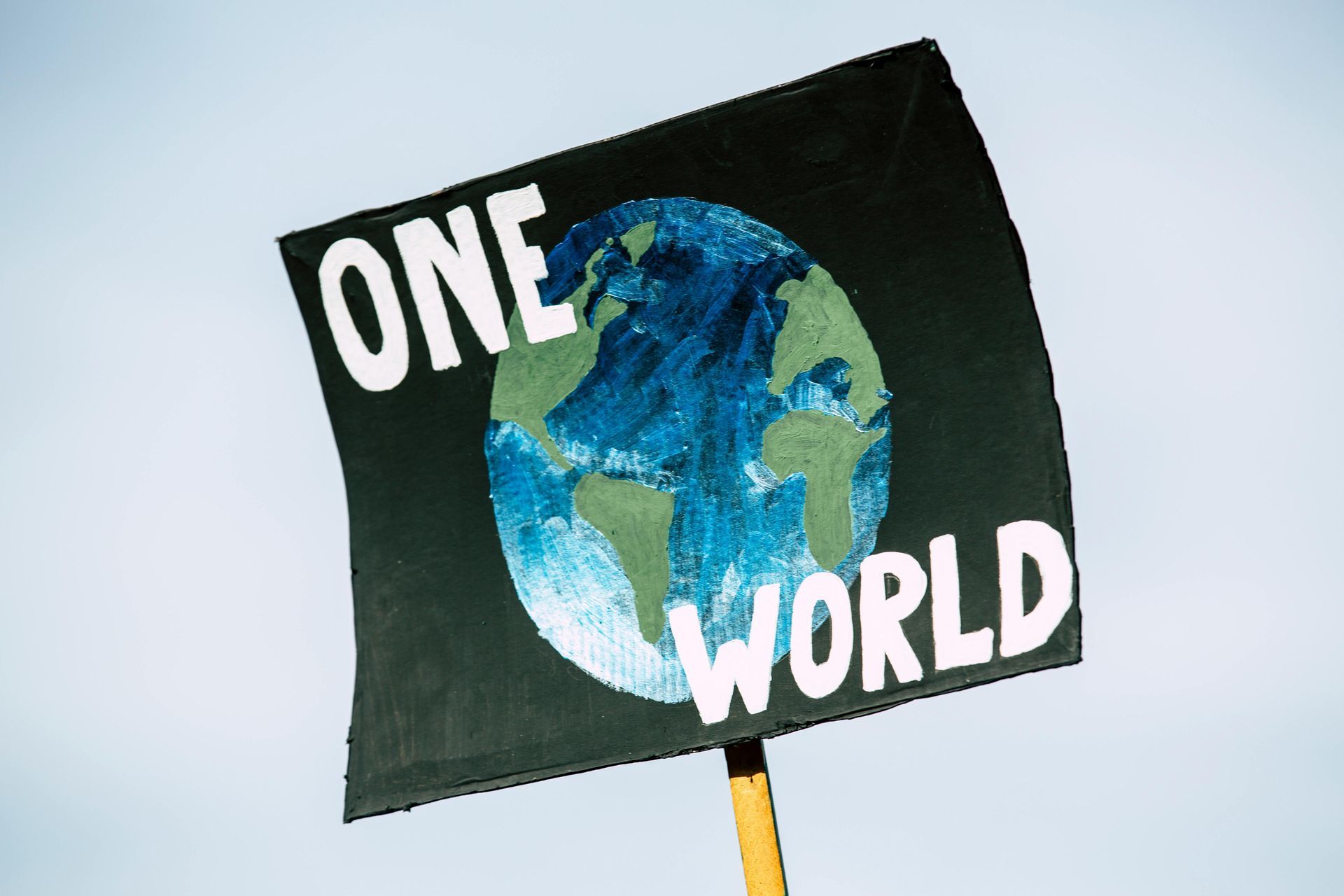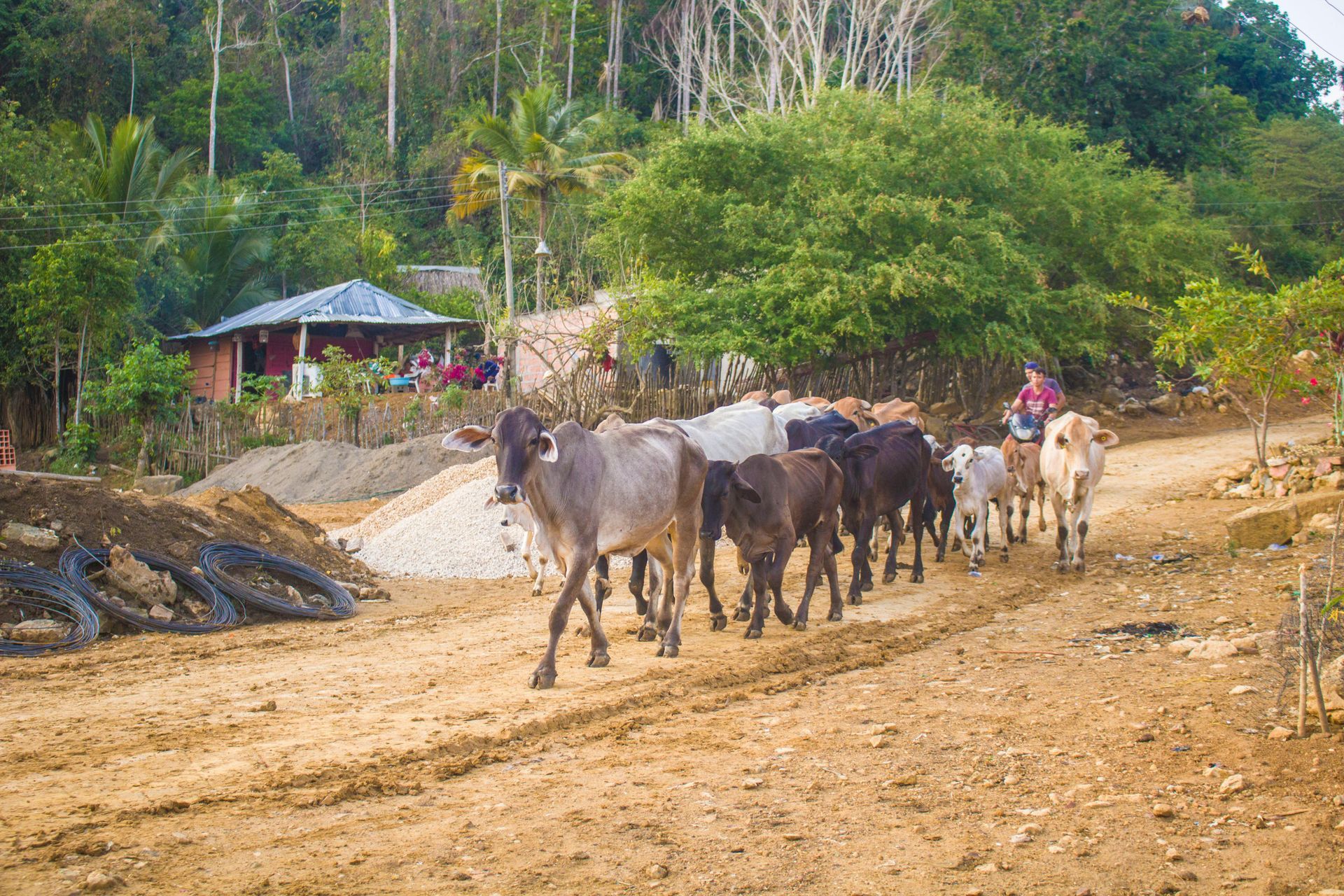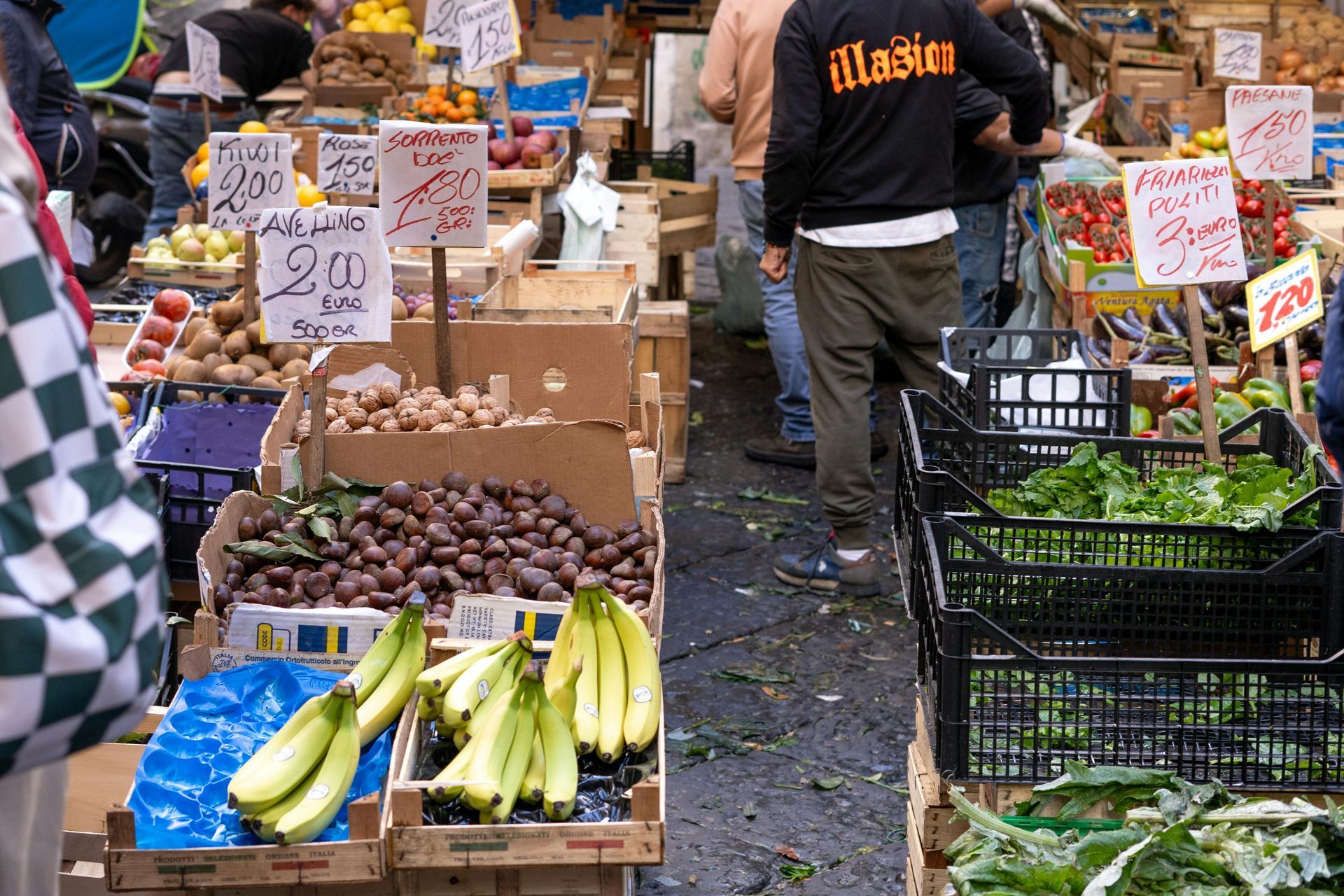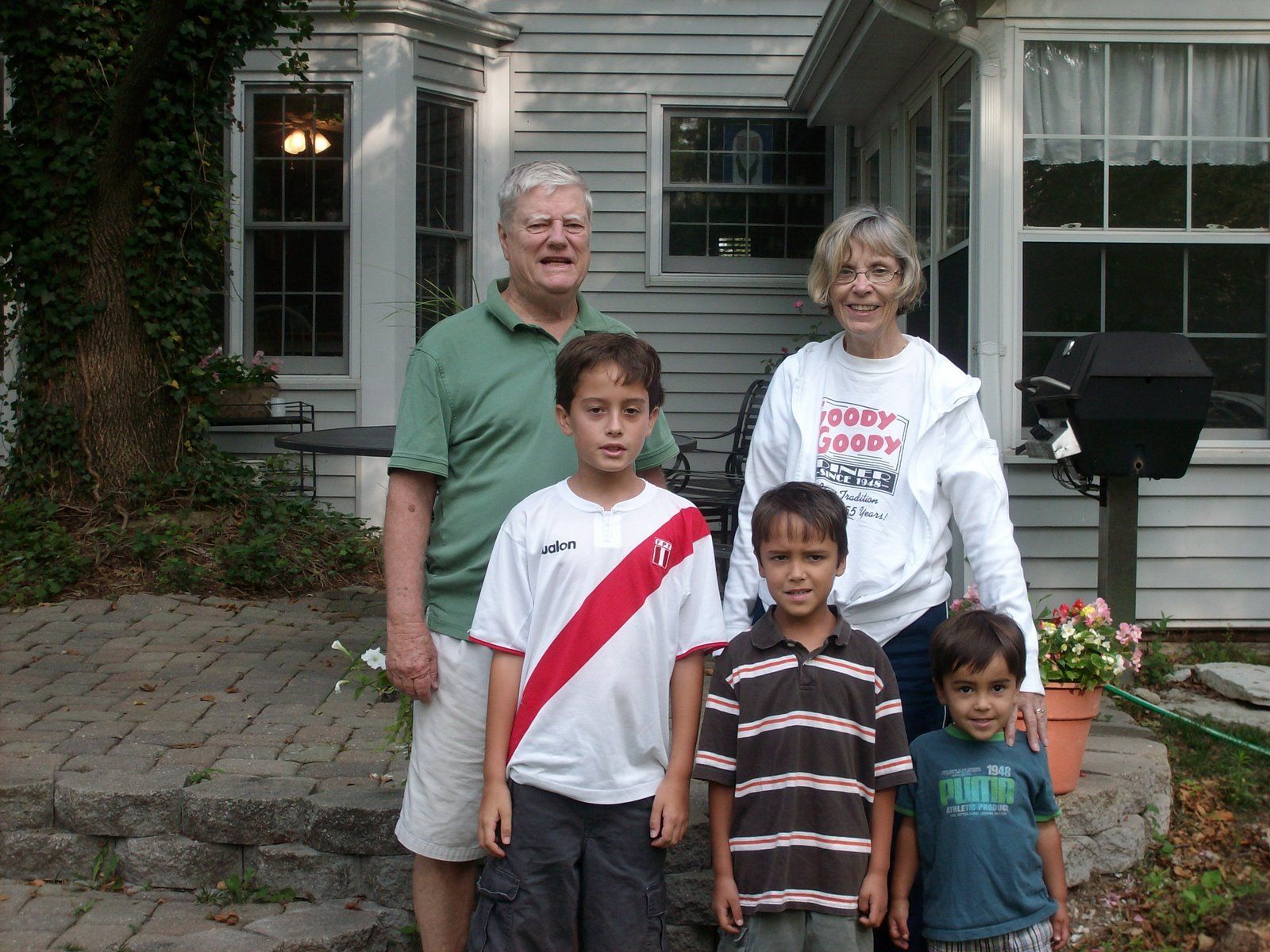South Sudan: Exploring World Poverty in Poorest Nation
Ang Hurricane Katrina, na tumama sa Gulf Coast noong Agosto 2005, ay naaalala bilang isa sa mga pinakamapangwasak na natural na sakuna sa kasaysayan ng US. Ang epekto nito ay lumampas nang higit pa sa agarang pisikal na pagkawasak, na naglalantad ng malalim na mga bali sa lipunan at hindi pagkakapantay-pantay.
South Sudan: Exploring World Poverty in Poorest Nation.
Ang South Sudan, ang pinakabatang bansa sa mundo, ay madalas na kasingkahulugan ng terminong "krisis." Mula nang mabuo ito noong 2011, ang bansa ay humaharap sa napakaraming hamon na naglagay dito sa ilalim ng maraming pandaigdigang tagapagpahiwatig ng pag-unlad. Ang nagtatagal na mga isyu ng kawalang-katatagan sa pulitika, malawakang salungatan, at maling pamamahala sa ekonomiya ay nagdulot sa South Sudan ng matinding kahirapan, na ginagawa itong pinakamahirap na bansa sa mundo sa pamamagitan ng ilang pangunahing sukatan.
Isang Bansang Isinilang sa Alitan
The roots of South Sudan's poverty can be traced back to decades of conflict that preceded its independence from Sudan. These conflicts have severely disrupted economic activities and social structures, laying the groundwork for poverty. Despite gaining independence with the promise of a brighter future, internal conflict soon erupted in 2013, further exacerbating the nation's struggles.
Mga Hamon sa Ekonomiya at Pag-asa sa Langis
South Sudan is heavily dependent on its oil reserves, which account for nearly all of its national revenue. However, this reliance has proved to be both a boon and a burden. While oil provides substantial income, fluctuating global oil prices and ongoing internal conflicts have significantly undermined the economy. Infrastructure to support other sectors is underdeveloped, limiting diversification and sustainable economic growth.
Humanitarian Crisis and Displacement
Conflict and poverty in South Sudan are intertwined with severe humanitarian concerns. It is estimated that over 60% of the population is severely food insecure, with millions facing the threat of famine. Frequent displacements due to violence have created one of the world's largest refugee crises. The combination of conflict, natural disasters, and economic hardships has resulted in alarming levels of malnutrition and a dire need for humanitarian aid.
.
Education and Healthcare—A Grim Picture
The education system in South Sudan is reeling from neglect, with low enrollment rates and a lack of qualified teachers. More than half of the children do not have access to education, perpetuating the cycle of poverty. The healthcare system is equally dire, with a severe shortage of medical facilities and professionals, resulting in high mortality rates from preventable diseases.
Mga Hakbang Tungo sa Pag-unlad
Despite these challenges, there is hope for South Sudan. International aid continues to play a crucial role in addressing humanitarian needs and supporting development projects. Organizations and countries worldwide are investing in initiatives aimed at improving food security, healthcare, and education.
Ang mga pagsisikap tungo sa pagkamit ng pangmatagalang kapayapaan ay kritikal. Ang napapanatiling pag-unlad ay maisasakatuparan lamang sa isang matatag at ligtas na kapaligiran. Sa patuloy na mga diplomatikong interbensyon at mga pagsisikap sa pagbuo ng kapayapaan, may potensyal para sa South Sudan na gumawa ng unti-unting pag-unlad tungo sa pag-unlad.
Conclusion
South Sudan stands at a crossroads where the possibility of growth and development is continually obstructed by conflict and poverty. While the road ahead is fraught with challenges, the resilience and determination of its people offer a glimmer of hope. The international community must remain committed to supporting South Sudan in overcoming these hurdles to ensure that this young nation can one day thrive.


































